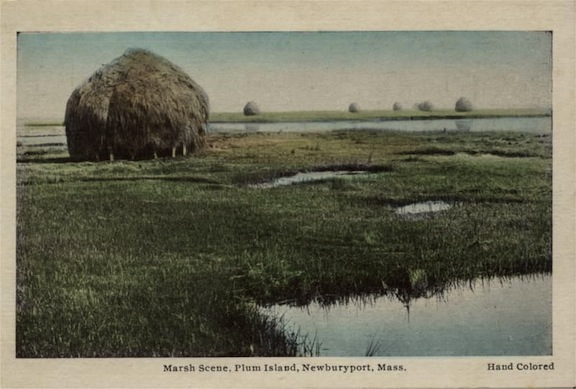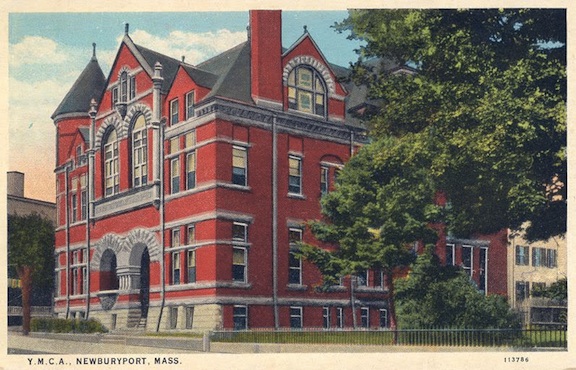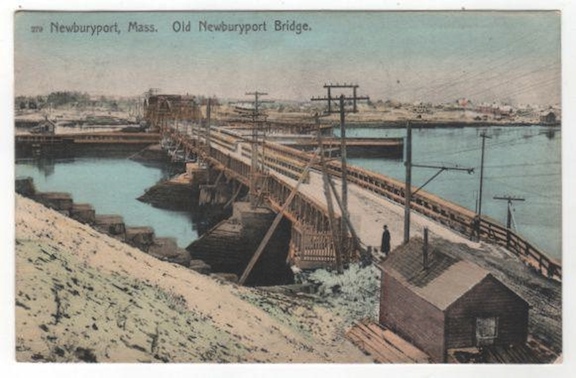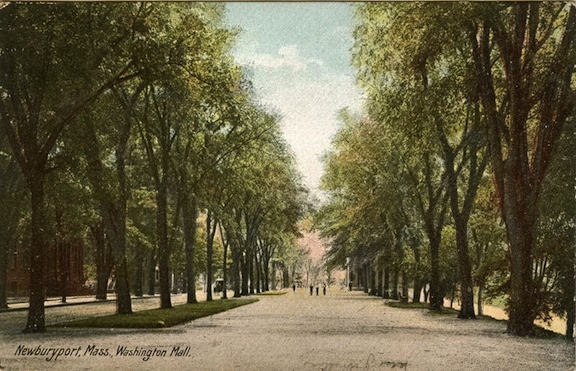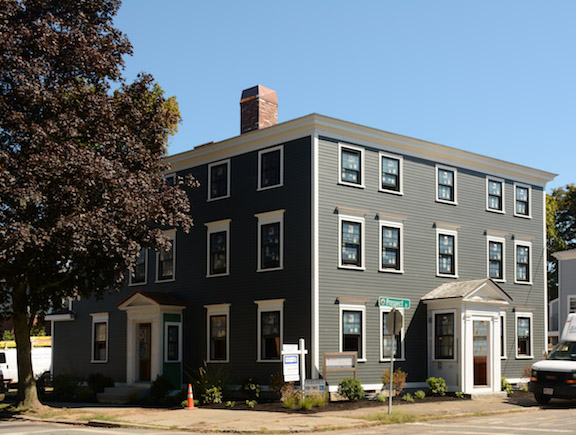
Rennovation on Lime Street, September 2015
Jerry Mullins over at Brick and Tree is on a tear about the city’s Stretch Code.
Jerry is right, the Stretch Code does not apply to historic buildings in Newburyport. This is from the Q&A from the Green Communities Grant Program (page 4):
12. Does the stretch code apply to historic buildings?
Both the stretch code and the base energy code exempt historic buildings listed in state or national registers, or designated as a historic property under local or state designation law or survey, or with an opinion or certification that the property is eligible to be listed.
According to Jerry this information is not being explained in a comprehensive manner by the folks responsible at City Hall. And unlike Jerry, I am unwilling to throw the mayor and the building inspector under the bus, because I think that it is more complicated.
The EPA has a pamphlet on “Energy Advice for Owners of Historic and Older Homes,” in which they give great advice and information, and also talk about “comfort levels.”
When I bought my first home in Newburyport in 1981, a historic home, it never occurred to anyone I knew to take an old historic home down to the studs. We did a lot of things recommended by the pamphlet by the EPA, but we were also willing to live with a lower “comfort level” for the privilege of living in a historic house. Yes, the houses were drafty* but that was just part of the deal, and also the codes are very different today, then they were in 1981.
My impression is that folks who are buying homes today in Newburyport want a 100% “comfort level.” It’s not just what the building inspector may or may not be saying, bottom line, the people moving here now often want a new home inside an old shell, (please see a previous post about other things that folks want, and Alex Dardinski’s very thoughtful reply). How to balance historic preservation, and all the regulations and expectations in the year 2015 in Newburyport?? I do not think that there are easy answers to that question.
Alex Dardinski articulated his point of view, “I don’t want to live in Williamsburg, but in a tapestry of history rather than a single place in time.”
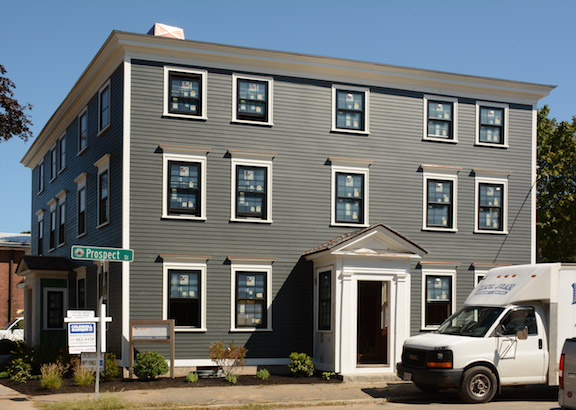
Rennovation on Lime Street, September 2015
*This is from “Energy Advice for Owners of Historic and Older Homes”
“Walls: To insulate or not to insulate?
Wall insulation can be problematic in historic structures as it is difficult to install properly due to the unpredictable nature of historic walls.
• There may be old knob and tube wiring in the wall which would present a fire hazard.
• Blocking, fire stops, or forgotten or obsolete chases will result in cold pockets. Anywhere the insulation does not or cannot reach, such as the junction between the exterior wall and the floor joists, can create thermal bridging. These cold pockets and thermal bridges set up areas where moisture can condense. (Imagine a cold glass on a hot day and the beads of water than form on the glass to understand this concept.)
• Any time you have moisture in the wall, the possibility of decay and mold increases.
• Pumping in dense pack cellulose insulation in the walls can cause the keys that attach plaster walls to the supporting lath can be broken, necessitating repairs.
The trouble and expense of insulating historic walls may not be the best bang for your buck. Once you have air sealed and insulated your attic, tuned up (or replaced your furnace), and completed some of the higher priority energy saving techniques you might then consider insulating your walls but get advice from an expert. By undertaking these other energy-saving measures first, you may find that your comfort level goes up and your energy expenses go down significantly without the need to insulate the walls.
Tip!
If your home dates to the 1850s or earlier and its frame is made of wood, there is a good chance that is has post and beam construction rather than balloon framing. This is an important consideration if you’re thinking about adding insulation in the walls.
Without modern vapor barriers and insulation, air and moisture in the house moved more easily between inside and outside. Adding insulation to the wall cavities without understanding how the house functions as a system and without establishing new ways to circulate air through the home can cause moisture to accumulate. High moisture levels can result in mold and rot, creating serious problems for the homeowner as well as unnecessary expense.”




